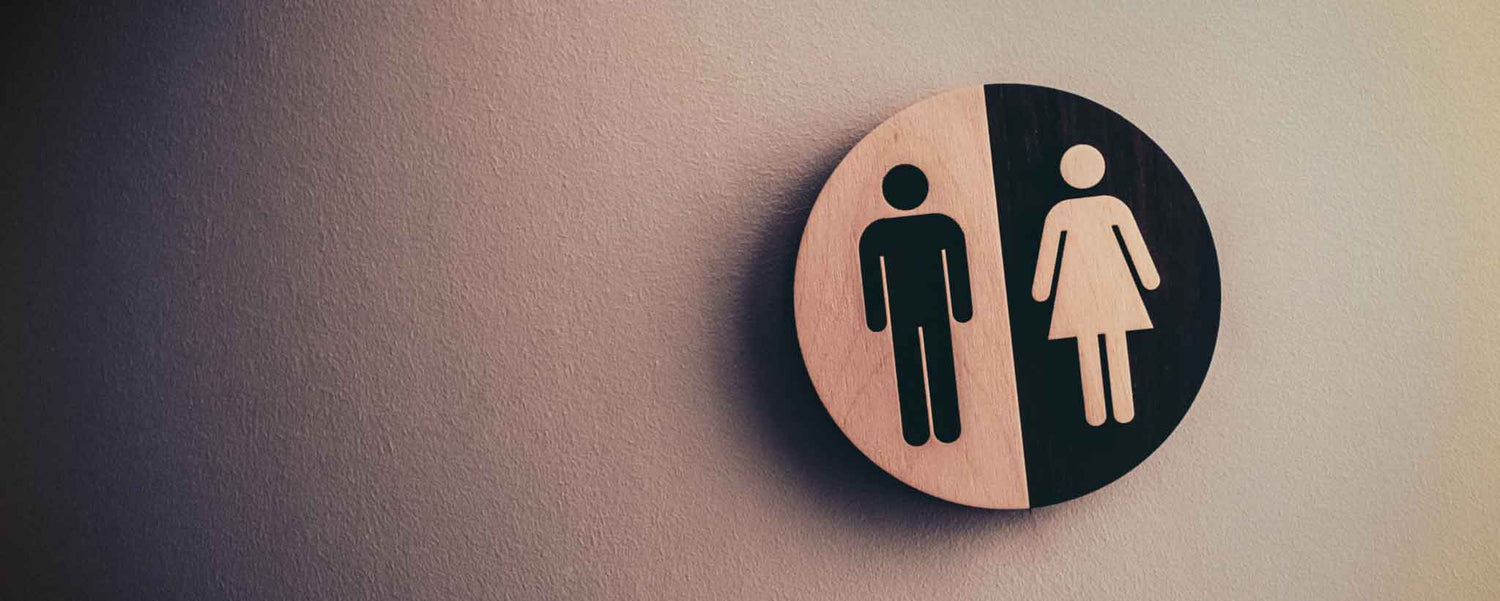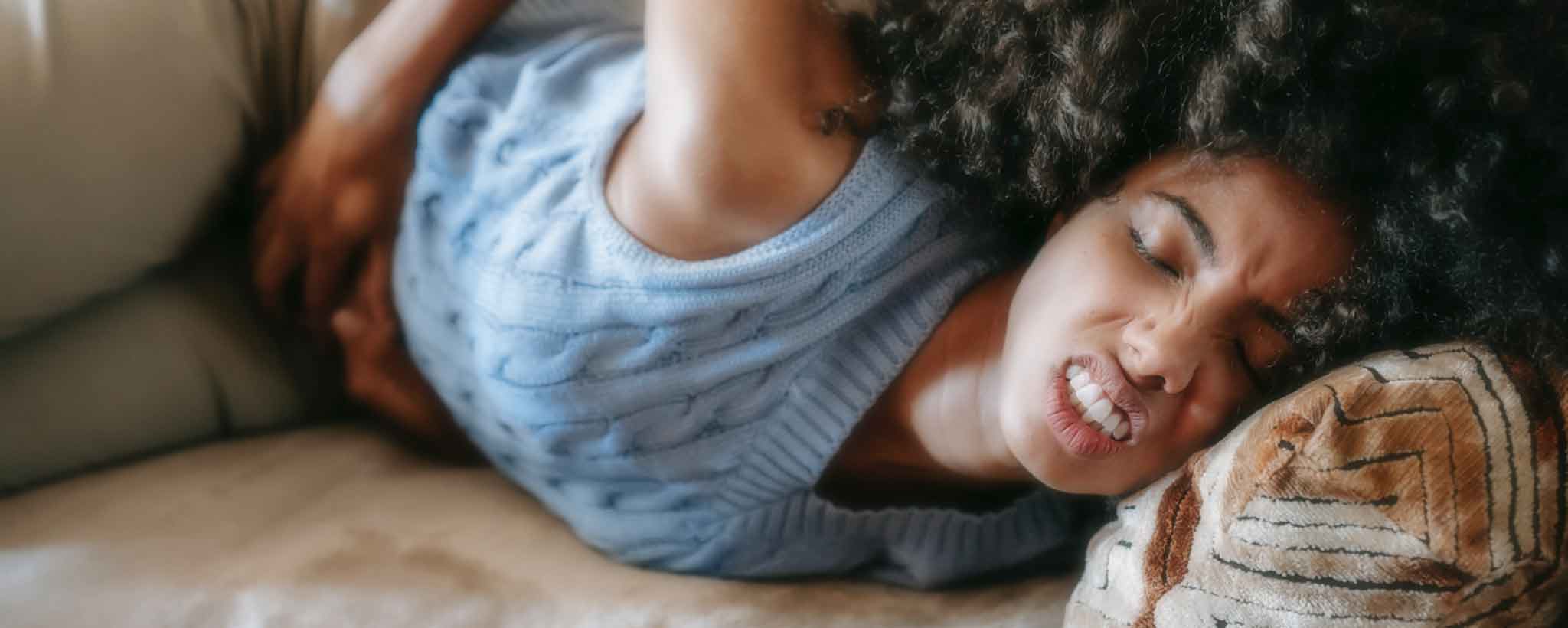Constipation or fecal consistency can extend the time on the toilet. Here are tips to keep your visits short, sweet, and neat?
Publish 15 March 2022
The Art of Bowel Movements
Your body is designed to move. Dance or aerobic exercise strengthens muscles and gets your heart pumping harder to prevent arterial plaque buildup. Good health requires another type of regular movement.
Bowel movements can be a source of relief or pain. You may be in and out of the facilities quickly or struggle to complete one evacuation. How can you make these inevitable visits more rewarding?
The 6 Best Ways To Move Bowels

1. Move your knees up. Stilettos might be the best footwear for bowel movements. You can replicate the effect by raising the heels of your feet while leaving your toes on the floor.
If your legs are not long enough for good elevation, you can place your feet on a low-step stool. Your knees should be higher than your waist. This straightens out the colon for a smoother exit.
2. Move some urine. Your bladder and colon exert force upon each other. After emptying your bladder, it is easier for waste to pass through your colon.
3. Move your muscles. Involuntary contractions transport wastes through your intestines and signal you when it is time for departure. Then you take control with your diaphragm, abdominal muscles, and sphincters.
When the waste reaches the end of the line, you turn off the autopilot. For a smooth landing, relax your sphincters while periodically pressing downward on your intestines with your diaphragm.
4. Move your torso. Twisting your torso has the effect of wringing a towel. It can help move things along when there is constipation.
5. Move more water. The last two tips require advanced preparation. If your body were a city, water would be its currency. Water is what makes most internal evacuations possible. Every cell and organ needs water to move and function. This includes your bowels. So drink at least eight cups per day.
6. Move through fiber. Your body requires soluble and insoluble fiber for efficient elimination. To reduce friction, drink an insoluble fiber supplement. For more bulk, eat insoluble fibrous leafy vegetables and grains.
Bulky roughage that remains slightly intact gives you a sense of fullness, which can minimize the desire to overeat. Grains and textures that do not quickly or entirely break down through digestion help shape your stools.
Combining frequent exercise, proper positioning, muscle control, and good nutrition will provide you with the best defecation strategy. And please, wash your hands before exiting the restroom.
Some diseases of the digestive system like Crohn’s disease, irritable bowel syndrome, or irritable bowel disease can hinder elimination. See a gastroenterology doctor for appropriate remedies.





